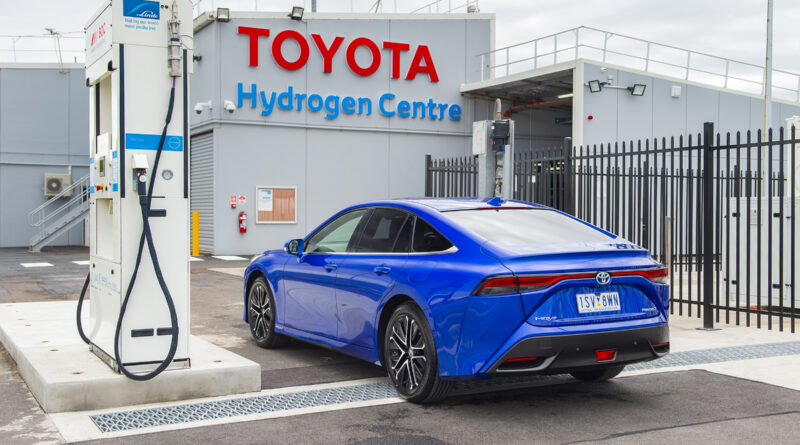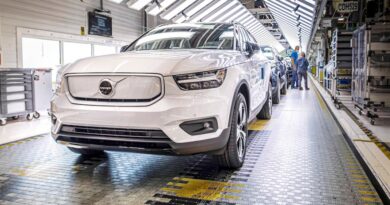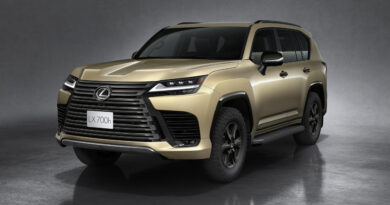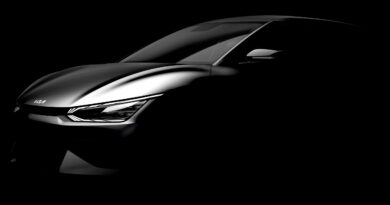A hydrogen-powered LandCruiser? It seems a matter of time
Toyota has given a glimpse of its zero-emissions future with the next step in its hydrogen fuel journey that could one day see LandCruisers and Hiluxes powered by electricity.
In opening the Toyota Hydrogen Centre that incorporates a refueling station and “education centre”, the manufacturer best known for its rugged off-road vehicles suggested hydrogen would play a role in future models.
“By promoting and developing fuel cell technology, Toyota believes hydrogen can play a central role in reducing emissions,” said Toyota Australia president and CEO Matthew Callachor at the opening of the site at Altona, west of the Melbourne CBD (it’s the same site where Camrys were once manufactured locally).
His comments come as Toyota called on the Federal Government to focus on infrastructure and associated policies for EVs and FCEVs ahead of incentives.
“Hydrogen as an energy storing medium and fuel for transportation has enormous potential,” says Toyota Australia manager of future technologies and mobility Matt Macleod.
“It’s the most abundant element on Earth and at the point of use produces zero carbon emissions.
“There is a virtual infinite supply of hydrogen and it has an energy density three times that of petrol by mass – and it’s safe.”
That’s why Toyota globally is pouring billions into hydrogen, including the development of a modular fuel cell system.
Not that Toyota is talking about the expansion of hydrogen just yet. The focus is very much hybrids, with Toyota expected to soon reveal hybrid versions of the Hilux ute and all-new LandCruiser due in 2021 (Toyota is also trialing fully-electric LandCruiser 70-Series utes).
For now, its Hydrogen Centre is being used to refuel 20 Mirai fuel cell electric vehicles (FCEVs) that will be leased or loaned to governments and fleets.
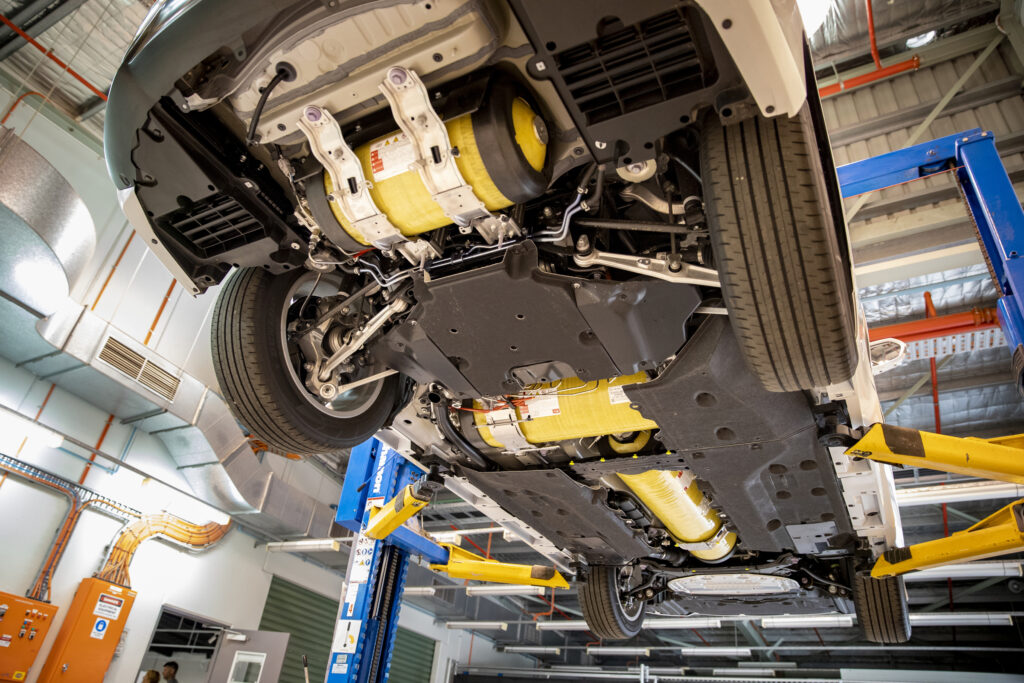
The Mirai uses three carbon fibre hydrogen tanks to store 5.0kg of hydrogen that is claimed to take the mid-sized sedan about 650km before needing a top-up.
A 128kW/300Nm electric motor in the rear of the car powers the rear wheels.
The Altona refueling site is technically publicly accessible but it’s behind locked gates and requires pre-agreement for access. But Toyota says it will allow others to use it, including those driving a Nexo FCEV, which rival Hyundai launched last week along with the opening of the first public hydrogen refueling station in Canberra.
Toyota hopes to sell or lease more Mirais from 2022 and beyond, although it’ll likely always be a low-volume proposition, with the car imported more as a proof-of-concept for hydrogen.
Macleod says hydrogen is well suited to certain applications, some of which are very relevant to Australians and how they use their vehicles.
“The distinct advantage of fuel cell … is the ability to refuel a car in, say, three-to-five minutes as opposed to waiting for it to recharge,” he says, while adding that Toyota is “not focusing on fuel cells, we’re focusing on zero emissions”.
“It’s too early to choose which zero emissions technology is either best or preferred. We should be embracing all of the technologies in order to achieve the sustainability goals.”
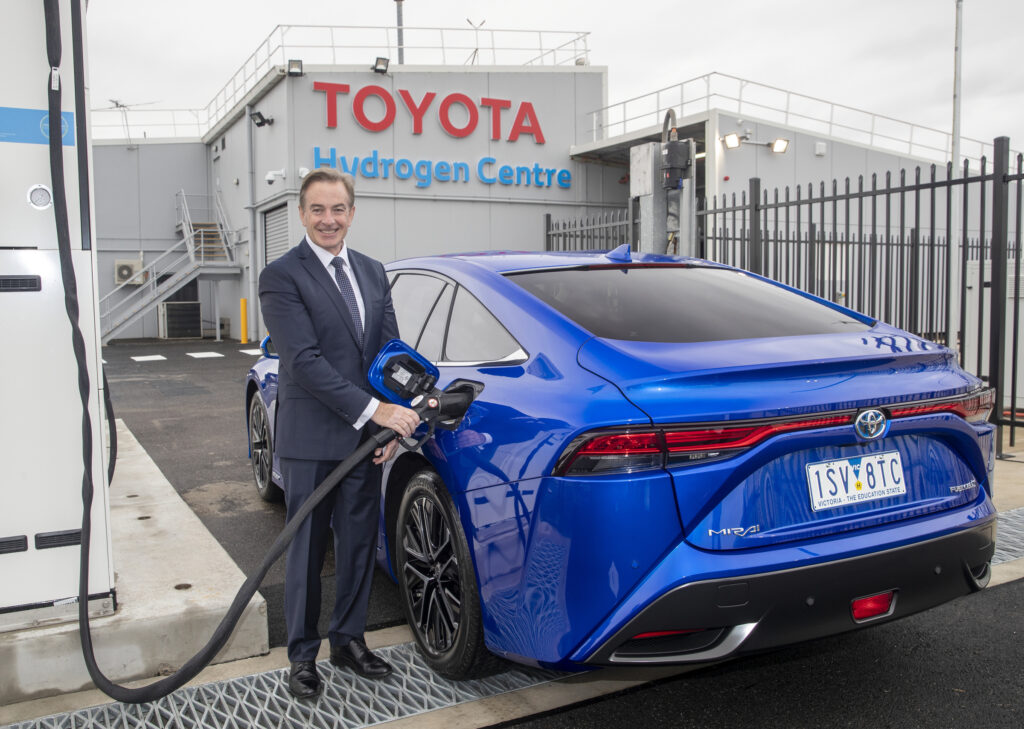
Callachor acknowledges the shift towards hydrogen-fueled SUVs and other heavy duty vehicles is all but inevitable.
“Will there be other vehicles with hydrogen of a heavier nature or SUVs? Look there probably will be into the future.”
But he says for now diesel makes more sense.
“We’re a large country and in terms of having specific vehicles to cater for specific requirements, farmers with Hiluxes and LandCruisers physically need those vehicles. Will there be developments in regards to batteries and hydrogen or whatever the technology is? Yes, there will be into the future.”
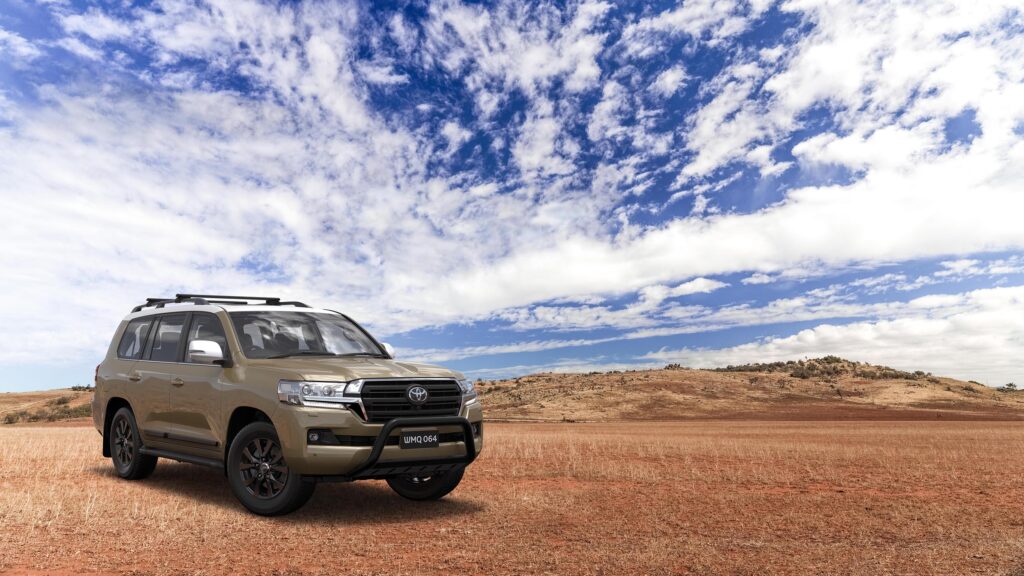
So, an electric LandCruiser, Prado and Hilux is on the cards. One day…
The big question is how soon hydrogen can play a meaningful role, rather than the experimental one it is currently undergoing with the trial of 20 Mirai FCEVs.
While Toyota is still one of the few top selling brands not to have committed to a battery electric vehicle in Australia – the focus has instead been on petrol-only hybrids – Callachor said there were imminent.
“We’re actually going to bring in battery electric … but we’re going to do it step by step.”
While Toyota dominates the markets on hybrids, it also sells more diesel-powered vehicles than any other in Australia, bringing undone some of the CO2 savings of the petrol-electric models.

